Contact
To stay engaged with Sen̓áḵw updates, register below.
For more information please email communications@senakw.com
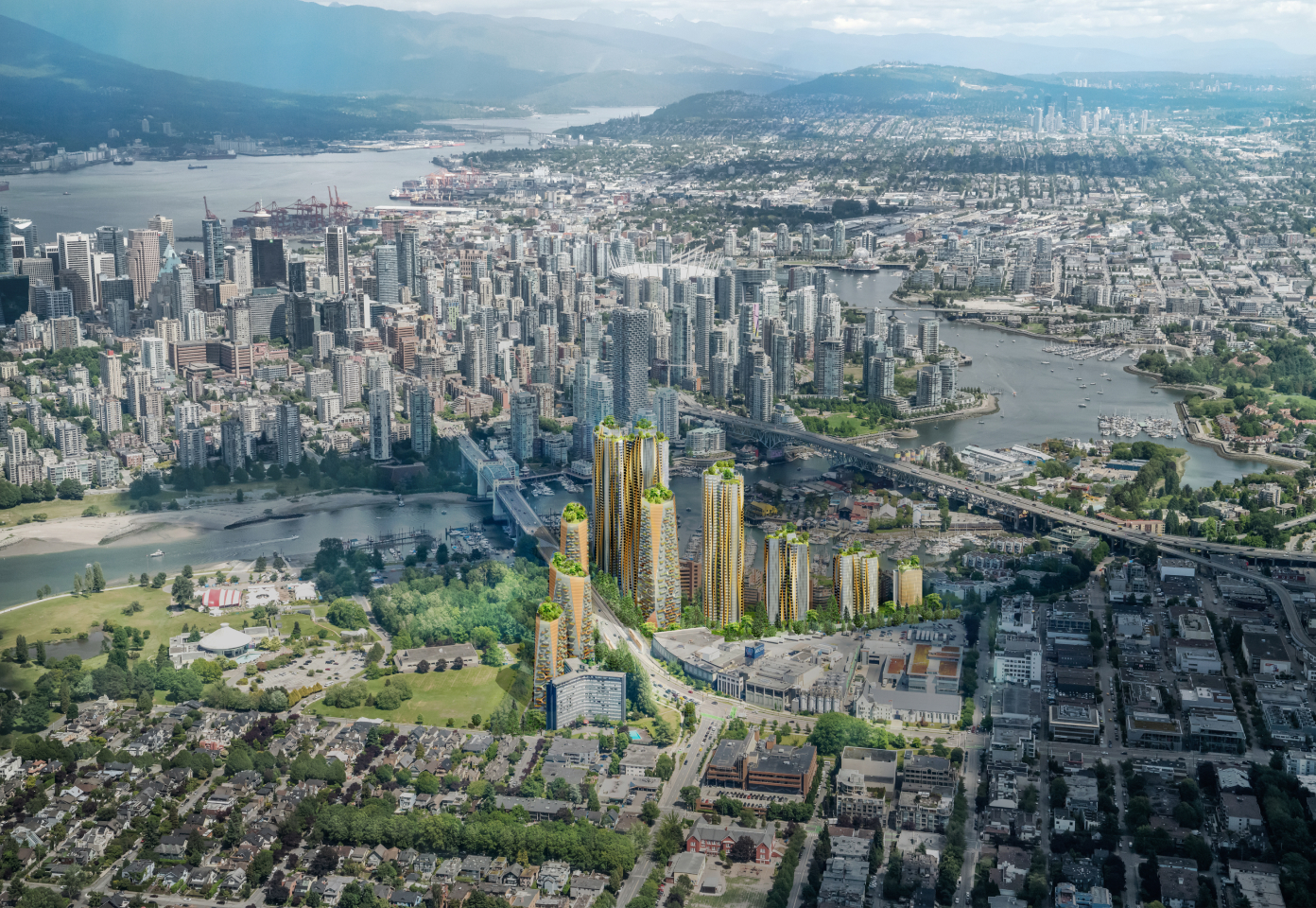
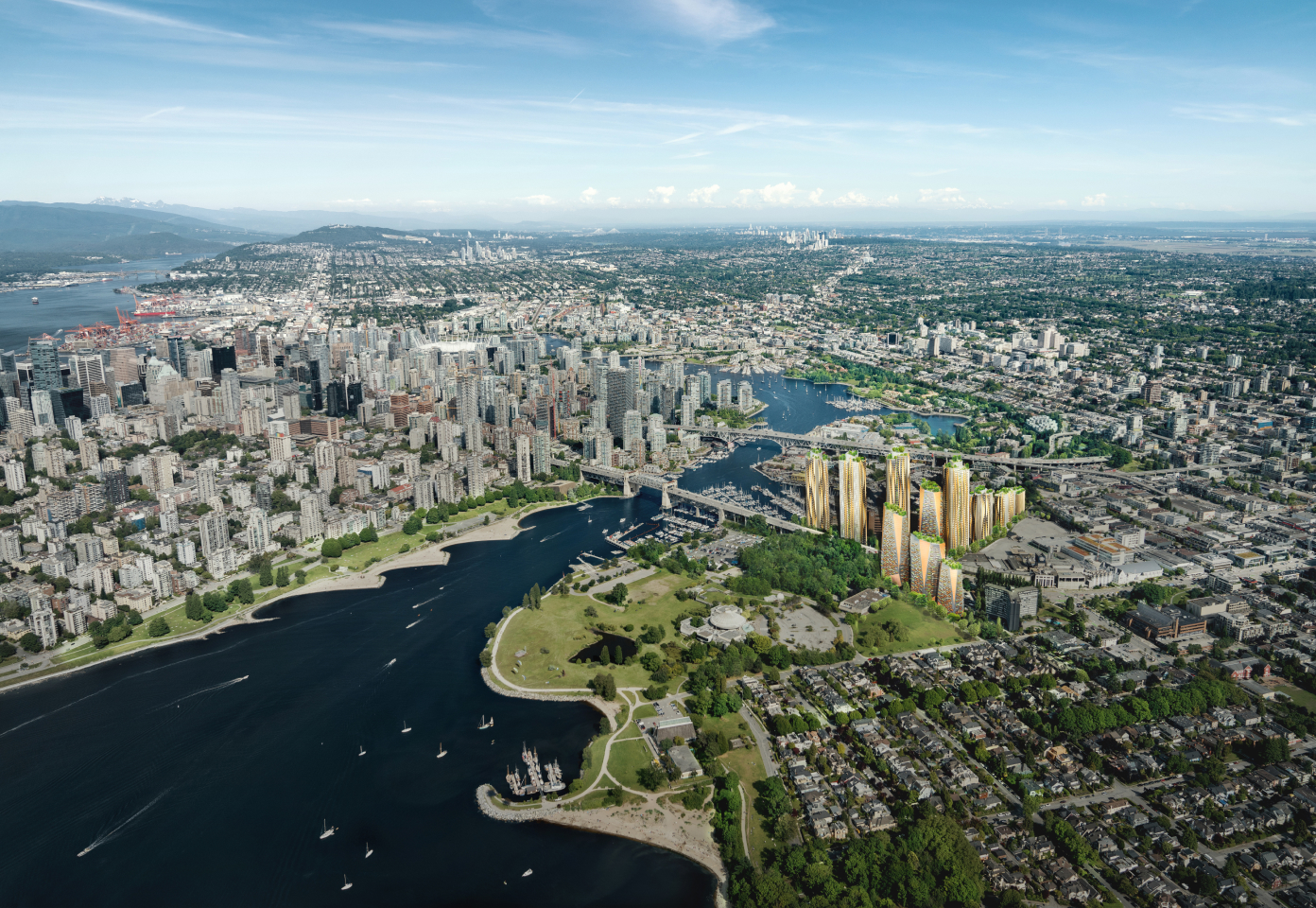
Long before the arrival of European settlers in the Vancouver area in 1791, Squamish ancestors had a village at Sen̓áḵw. Every year, families from upper Squamish villages would travel down to Sen̓áḵw, where the lands and waters were ideal for fishing, hunting, and harvesting traditional resources. There was an abundance of elk, beaver, deer, salmon, duck, cedar, and more. The Squamish people built longhouses and brought neighbouring tribes together for potlatches. Sen̓áḵw was an important hub for trade, commerce, social relationships, and cultural practices.

Follow along here for updates as we get started on Phase 1 construction.
We held a public info session on October 3, 2022. Consultants and our construction team were on hand to respond to questions.
Watch the video here.
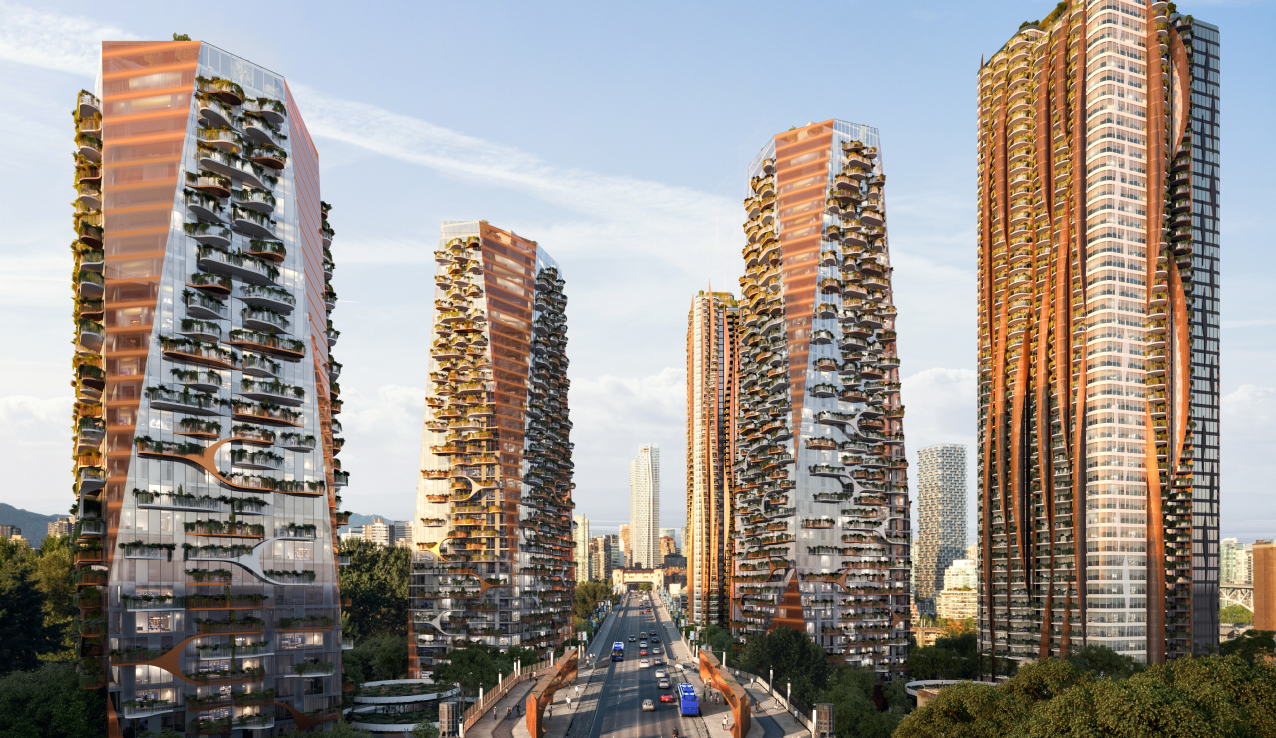
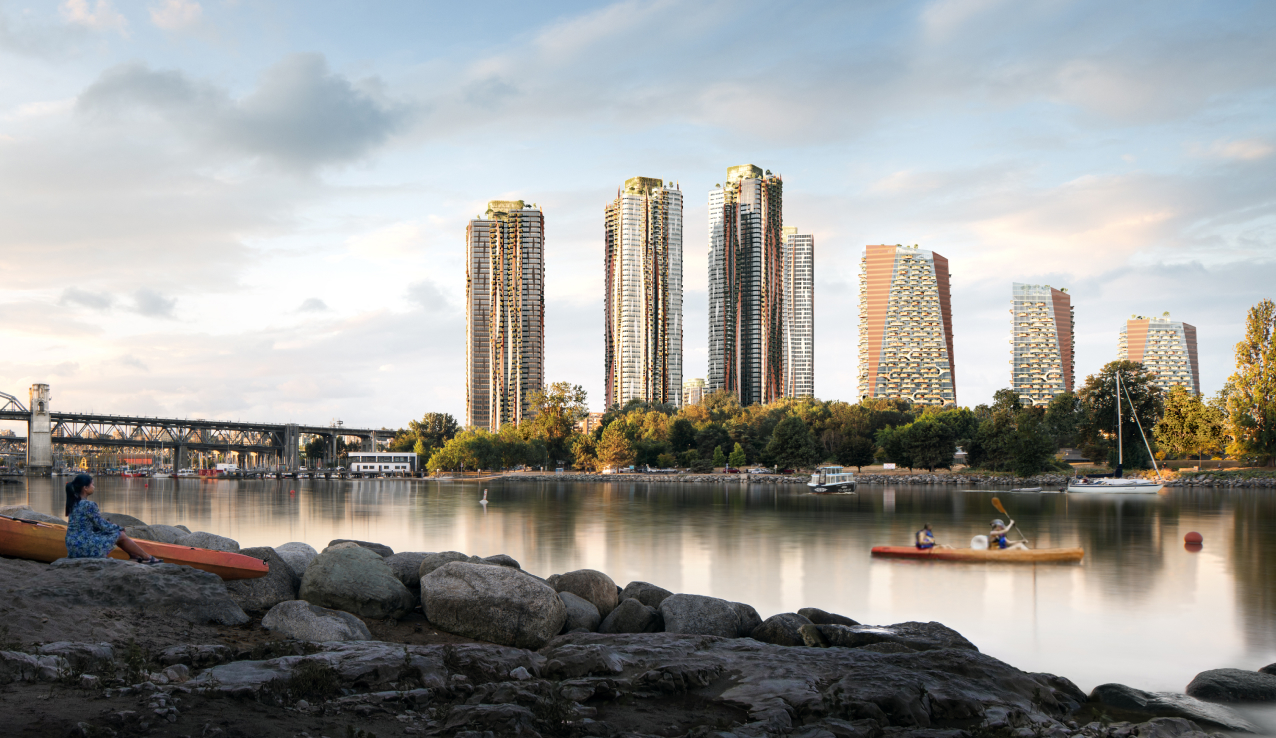
Historic economic development opportunity that will set the Squamish Nation on a path to complete economic independence.
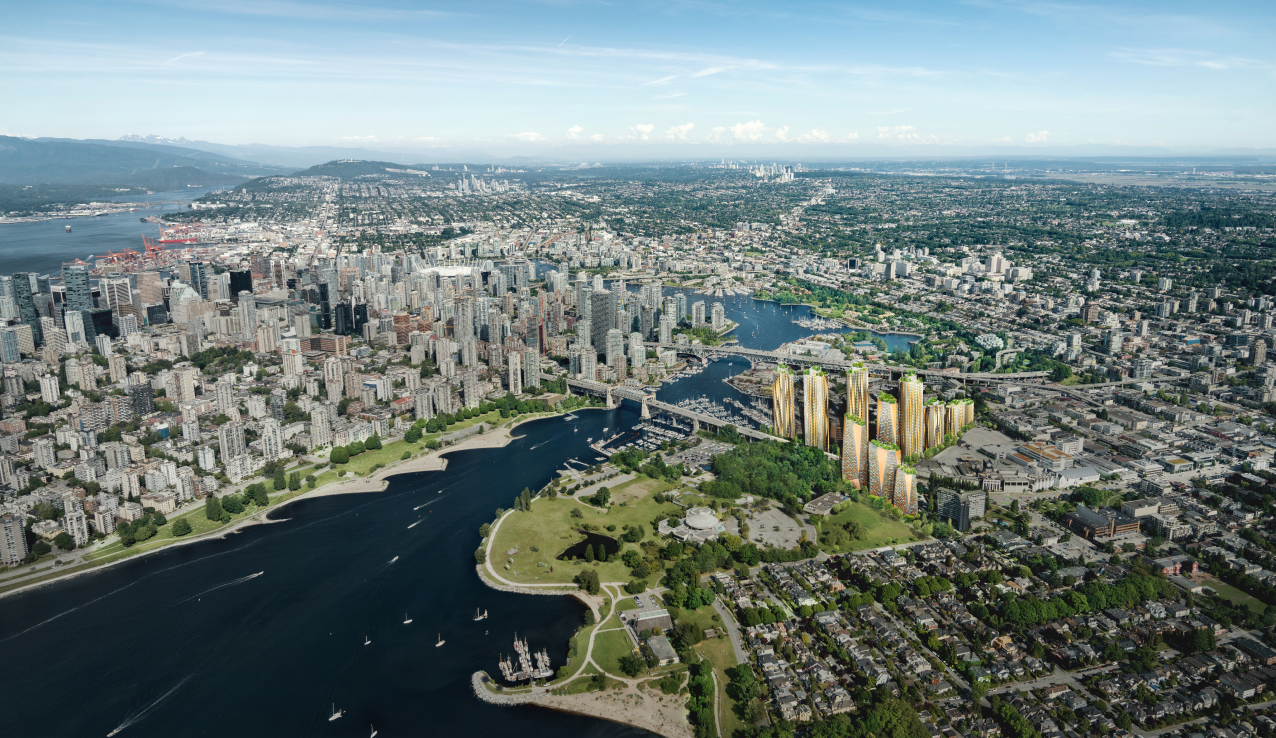
To stay engaged with Sen̓áḵw updates, register below.
For more information please email communications@senakw.com